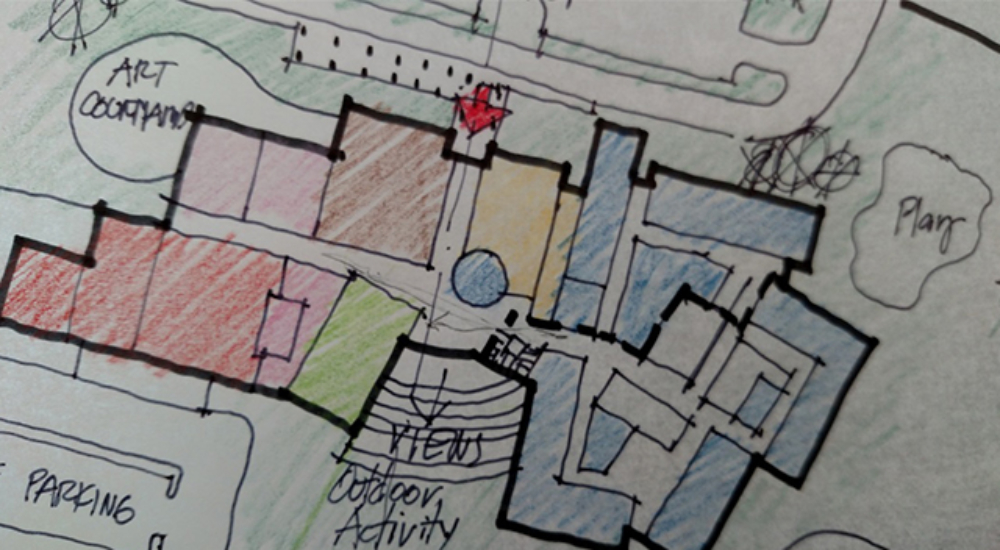
Designing for Student Learning Preferences: My Personal Experience
Learners are the guiding force behind curriculum, which must consider each student as an individual first, meeting their particular learning needs and styles.
Educational design must reflect this recognition of the student as an individual first, small group participant second, and large group member lastly. Our designs should allow for spaces that support the personalized needs of the individual while offering adaptability for larger whole group instruction areas. My own personal discovery of this was through my own children.
My son, I discovered, would arrive home from high school, take a snack break, then dive into homework. But what worked for him was unconventional to me. He plopped down on the sofa in the living room, open to other areas of the house. There, with his study notebook open, he would work on his laptop and text friends on his cell with his ear buds providing Toby Keith from his iPod ' and depending on the season, either bass fishing or hunting shows were on the big screen television. This allowed him to make a great majority of As, while also being trombone section leader in the marching band. This homework practice has continued while attending Stephen F. Austin State University, where he has been a Dean's or President's List member every semester.
In contrast to this, along comes my daughter, three years later in high school. She comes home from school, takes the same snack break, but then heads to the breakfast nook off of the kitchen, a quiet place away from the rest of the house's activities. She pulls out her laptop, study notebook and cell phone, and begins. No music, no T.V., and she only texts friends about homework. She needed the peace and quiet to successfully study. So knowing this was the venue she needed for studying, I asked her how she handled the noise of the softball field as the four-year varsity starting pitcher. Her response was that she could turn everything off outside the fence line surrounding the field. She only heard the coaches and players on the field.
So, by contrast, this shows how students can adapt to many environments. Think how beneficial it is if the learning environment adapts to the individual learner, just as curricula adapts to the individual learner. Take these two student learning styles and multiply them with the many other learning styles of students; populate a 700 student elementary, a 1,200 student middle school, a 3,000 student high school, and a 300 student STEM center and then wonder what type of spaces will engage these learners? That is our quest.